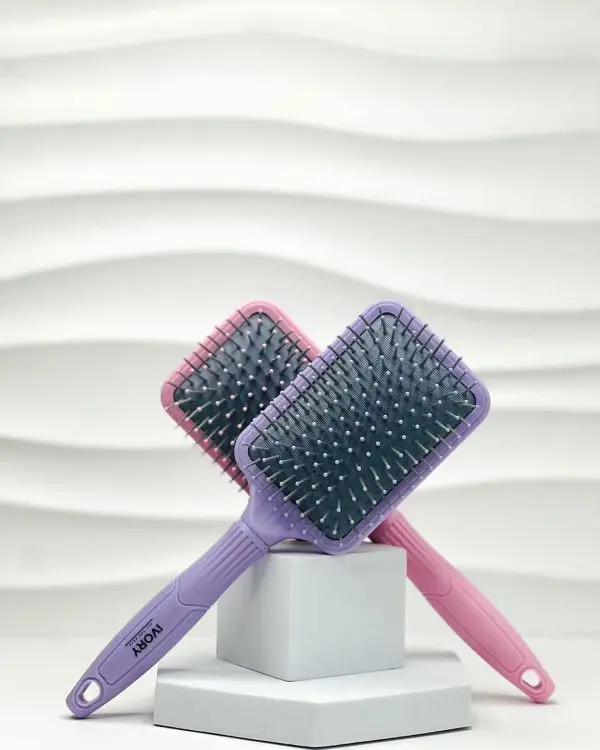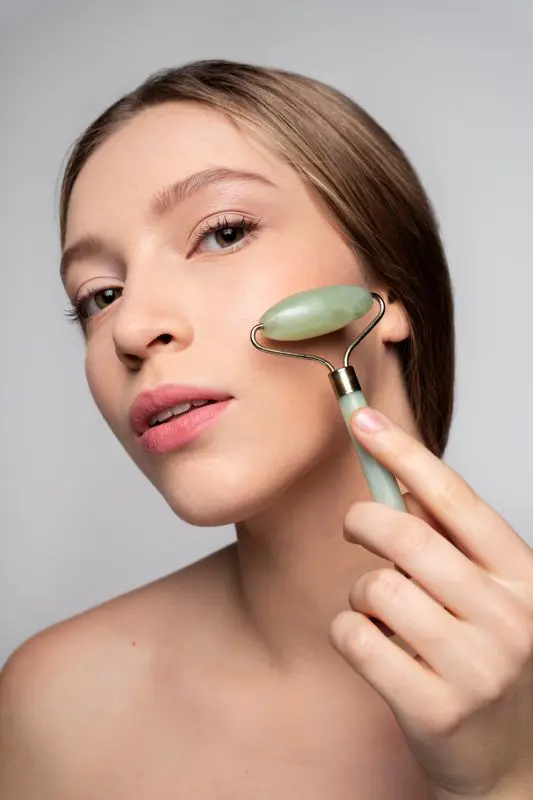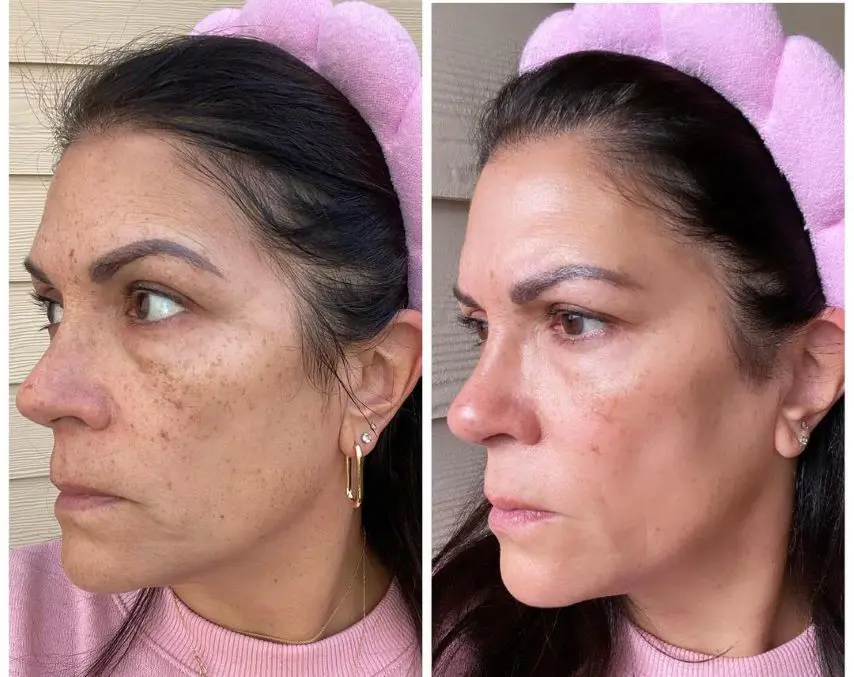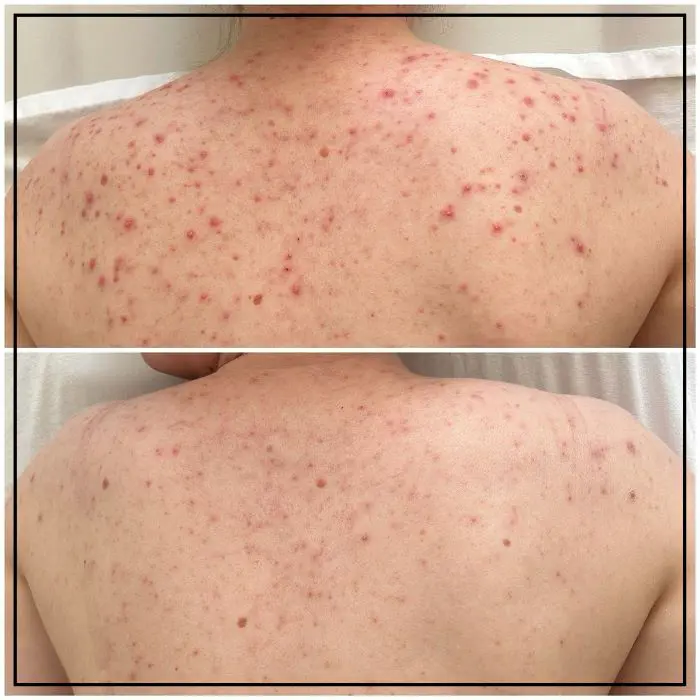How often do you clean your hairbrush? Well, you may not know that hairbrush hygiene should match your hair's cleanliness. So, don’t take a risk of transferring germs and buildups and ensure to keep your hair brush clean.
But you might be wondering how to keep your hairbrush in the most fresh and hygienic state. Don’t worry, we’ve a simple and effective step-by-step guide for easy and great maintenance of a clean healthy hairbrush.
Things you Need to Wash your Hairbrush
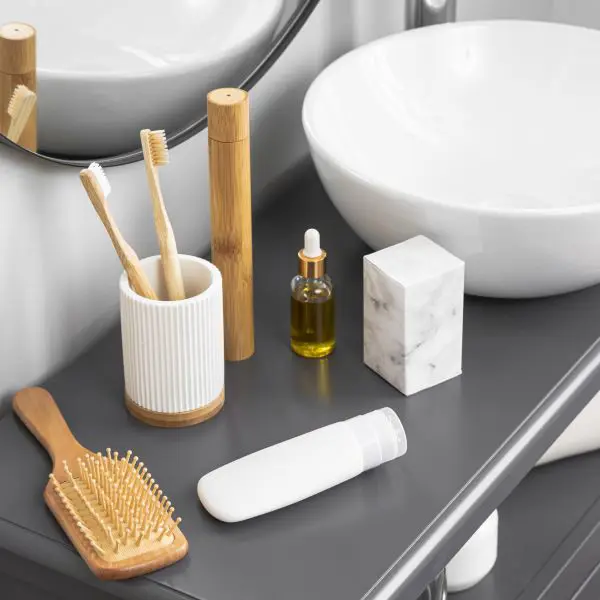
Operating this process doesn’t require fancy tools, but having the right items ensures a thorough and hygienic process. Here, you will need:
A Comb or Toothpick: To remove tangled hair.
Mild Shampoo or Dish Soap: To clean the brush by breaking down oil.
Basin or sink: To soak the brush and mix the cleaning solution.
An Old Toothbrush: For scrubbing the bristles.
Warm Water: To prepare the solution and soak/rinse the brush.
A Clean Towel: To dry the hairbrush after cleaning.
A Baking Soda: Optional but effective ingredients for cleaning hairbrushes.
Now, scroll down and learn the procedure:
Step 1: Remove Hair

Do you always remove the hair after combing your hair? Well, if not, the very first step you want to do is untie any of the hair strands caught in the bristles.
Simply use your fingers to pull them out. Sometimes the hair might be tightly wound at the base of the bristles. In that case, use toothpicks or any other items that have sharp ends.
Step 2: Soak The Brush In Water Water Brush
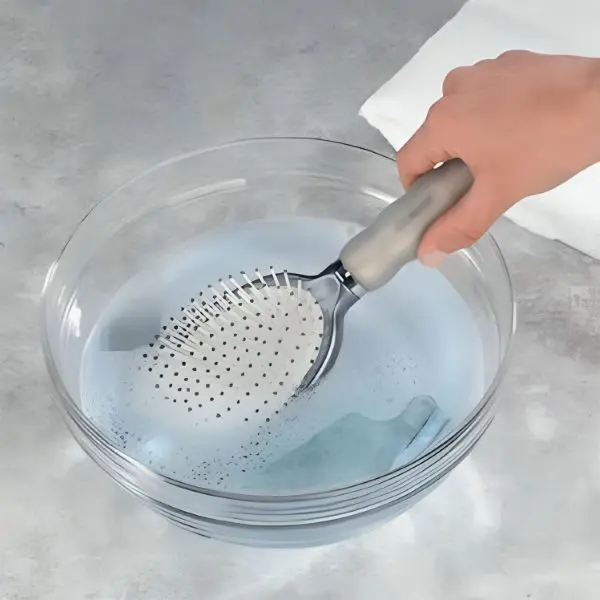
Next put the brush in a foamy wash bath to remove dirt and deposit.
Prepare the solution by putting in a sink/bowl of hot water and then drop a little shampoo or dish soap into the solution to get a mild solution.
Then, let the brush soak for 5-10 minutes. This will be done during the mixing process in order to prevent bulldozing and mixing of soils, oils and encrustations out of the bristle.
Step 3: Scrub The Bristles
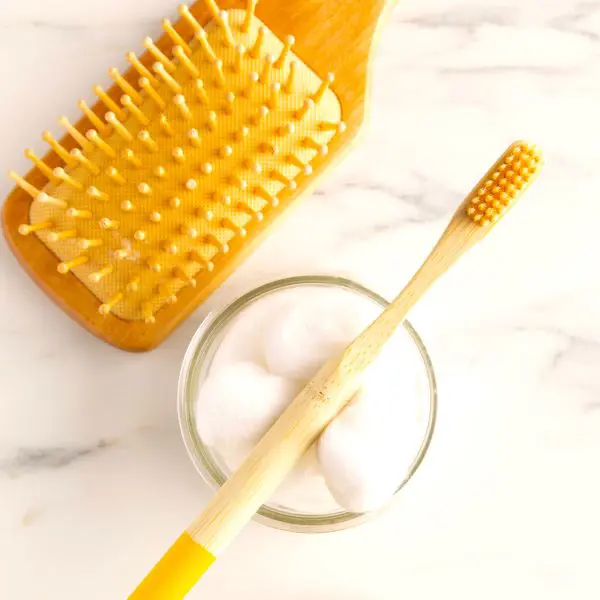
Put a small toothbrush and gently scrub the bristles of your hairbrush with light strokes.
The aim is to work the soap solution into the bristles to lift off dirt, oil, and styling products.
Thus, it is gentle throughout the whole process, in order to prevent damage or dislodging of the bristle.
Step 4: Use Baking Soda For Stubborn Build-UP

Whilst going about your daily routine, you could be using a chemical hair product that leaves the hair brush contaminated with excretions and debris.
They may not be apparent on the surface, but they gradually emerge.
To tackle this stubborn grime, use baking soda. Just dab some baking soda at the tips of the toothbrush heads.
Applying the baking soda paste to the hair brush, head and bristles by scrubbing the toothbrush in a deep cleaning.
Step 5: Rinse Thoroughly

After disinfecting the brush with baking soda, rinse it gently and thoroughly under warm water. A proper rinse removes all loose particles, leaving your hairbrush clean and ready for use.
However, if you neglect to rinse thoroughly, it could transfer the dirt or residue back onto the hair. To ensure a completely clean brush, take care to eliminate all traces of dirt and buildup during the rinse.
Step 6: Dry the Brush
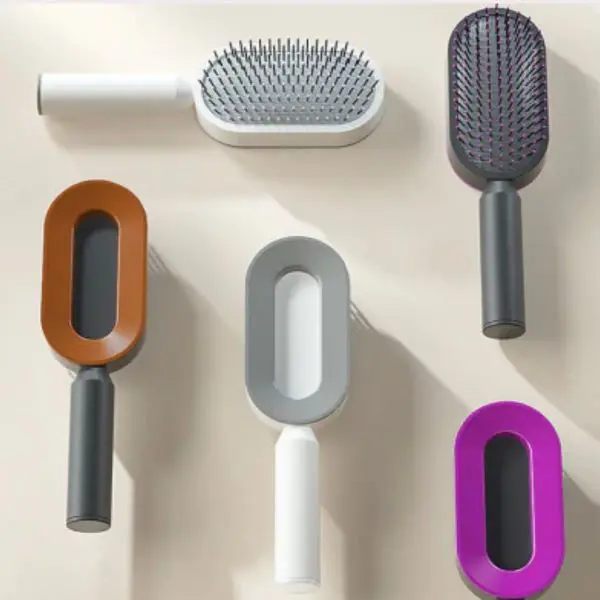
After washing, place the brush bristle-side down on a towel to allow it to dry. This prevents moisture from seeping into the base or handle, which could cause damage.
Allow the brush to air dry completely before using it. Don't neglect the handles when cleaning the bristles, as these can get greasy from the hands.
Step 7: Regular Maintenance

Lastly, ensure your brush is properly maintained.Clean it at least every 1 to 2 weeks of use, depending on the nature and recency of use and products applied to it.
Regular maintenance not only extends the brush’s life but also keeps it functional and effective for daily use.
Drawbacks of Dirty Hairbrush
Whenever you use a dirty hairbrush, you might notice some weird kind of changes in your hair.
This is because of the negative effect that it is passing on both your hair and scalp.
Get ready to learn the key drawbacks:
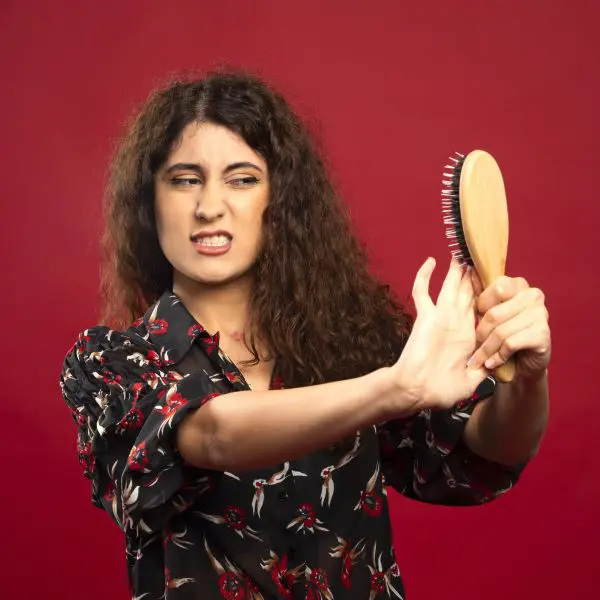
-
Clogged Hair Follicles
A dirty hairbrush transfers back to the scalp during brushing of the hair owing to the presence of sebum and dirt.
This accumulation could also block hair follicles, leading to fibre loss, dandruff, and even loss of the entire fibre.
-
Reduced Hair Health
Have you noticed that using the same dirty brush repeatedly affects your hair health?
Over time, the bristles become rough, pulling on your hair and leading to breakage and split ends..
-
Allergic Reaction Or Irritation
You may think irritation is caused by unwashed hair, but have you considered cleaning your hairbrush?
Don’t focus solely on washing your hair; clean your brush regularly to prevent irritation and maintain scalp health.

-
Unpleasant Odor
When you use the same brush without cleansing, the hair starts to absorb the particles present in your brush.
This turns out to leave an unpleasant odor due to the sweat buildup, oil, or dirt.
Using the same brush without cleaning can absorb the particles left behind, leading to an unpleasant odor from sweat, oil, and dirt buildup.
Summary
Since there is no strict rule for brush cleaning, it can be done at home easily. However, consider the material of your brush.
For example, wooden brushes should never be soaked in water. For this reason, the cleaning process can be different depending on bristle types.
Before starting the cleaning process, make sure you clean it properly to avoid any damage.


